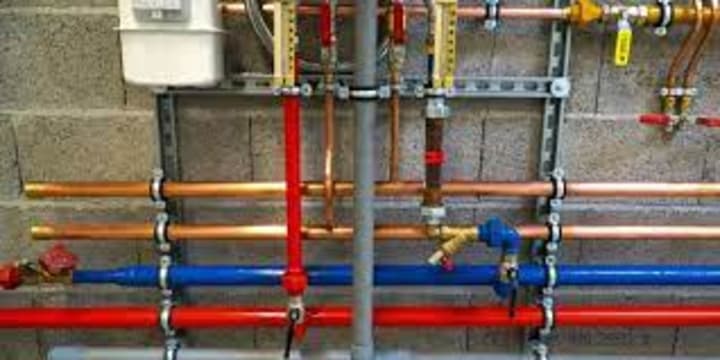
CONSTRUCTION DESIGN
OVERVIEW OF CIVIL WORKS:
Construction refers to the process of planning, assembling, and erecting physical structures, infrastructure, and facilities, typically involving the use of materials, equipment, and labor. It encompasses a wide range of activities and tasks aimed at transforming design concepts into tangible and functional assets.
Construction involves various stages, including,
- site preparation,
- foundation laying,
- structural framing,
- installation of systems and components,
- finishing touches,
- final inspection.
The goal of construction is to create buildings, infrastructure, and other constructed works that meet specified requirements, adhere to safety and regulatory standards, and fulfill the intended purpose for which they were designed.
WHAT IS PART OF MEP SCOPE IN CONSTRUCTION:
MEP construction refers to the installation, assembly, and integration of Mechanical, Electrical, and Plumbing (MEP) systems within a building or construction project. These systems play a crucial role in ensuring the functionality, safety, and comfort of the built environment. MEP construction involves the physical implementation of the design criteria and plans created by MEP engineers during the design phase. Here's an overview of each component. These include HVAC (Heating, Ventilation, and Air Conditioning) systems that regulate indoor temperature, humidity, and air quality. Mechanical systems also encompass equipment such as boilers, chillers, air handlers, and exhaust fans.
Electrical Systems:

This category covers the installation of electrical components and systems like power distribution, lighting, wiring, panels, outlets, switches, and backup power sources (generators, uninterruptible power supplies).
Plumbing Systems:

Plumbing systems involve the installation of water supply, drainage, sewage, and stormwater systems. This includes pipes, fixtures, faucets, toilets, sinks, pumps, and water heaters.
During MEP construction, various tasks are undertaken to bring the design to life:
Installation:
Skilled tradespeople install the components specified in the MEP design plans. Electricians handle electrical wiring and installations, HVAC technicians install heating and cooling equipment, and plumbers set up plumbing Systems.
Coordination:
Different MEP systems need to be precisely coordinated to avoid clashes or conflicts between components. This coordination ensures that all systems work harmoniously and don't interfere with each other or other structural elements.
Testing and Commissioning:
After installation, thorough testing of MEP systems takes place. This involves checking for proper functionality, safety compliance, and efficiency. Once systems pass testing, they are commissioned, which means they are formally handed over for operation.
Integration with Structure:
MEP systems are integrated into the building's structure. Ducts, pipes, conduits, and other components are routed through walls, floors, and ceilings according to the design.
Quality Control:
Quality control measures are put in place to ensure that installations meet design specifications and codes. Inspections may be conducted by relevant authorities or third-party inspectors.
Documentation:
Accurate documentation of the installed systems, including layouts, specifications, and as-built drawings, is essential for future maintenance, repairs, and renovations.
MEP construction is a complex and critical phase of any building project, as these systems provide the infrastructure for a safe, functional, and comfortable space. Collaboration among architects, engineers, contractors, and tradespeople is crucial to ensure that the MEP systems are properly installed, tested, and integrated into the overall building structure.
STAY TUNED NEXT UPDATE....





Comments
There are no comments for this story
Be the first to respond and start the conversation.